SMC Pentax-DA 70mm f/2.4 Limited Lens
SMC Pentax-DA 70mm f/2.4 Limited: Performance
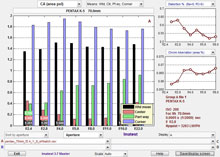 | | Looking at the technical charts, it's clear that Pentax have made the decision to heavily correct for chromatic aberrations across most of the field, but allow the corners to drift a little. In the centre, CA is almost banished, as we move out into midfield the control is still excellent. The corners are quite demanding and although CA is visible it is only so in extreme conditions. In practice, CA will not be a problem. |
With such a compact design, I had expected that there would be significant pincushion distortion, but the smaller sensor size does seem to have made lens design easier here. In fact there is indeed pincushion distortion, as with most strong telephoto designs, but it is fairly minimal and in general use not apparent. A better than expected result.
Flare, in common with other Pentax lenses I have tested, is very well controlled and almost impossible to induce. The effective pull out hood helps here as well as the SMC coating.
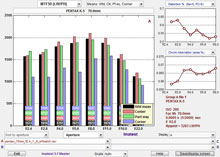 | | The MTF50 graph looks at the fine resolution and ability to record a very high standard of detail. When MTF measurements started to be used in the 1970s many magazines started off using MTF40 data and quickly reduced that to MTF30 as the figures always looked low. This goes to demonstrate how much more resolution we have for our DSLR lenses. MTF50 is a very high standard and this 70mm lens shows a very good but not exceptional performance in this respect. The resolution is well maintained across the field and there is a very clear peak at f8. This classic rise and fall pattern is the hallmark of a good lens. |
| | | |
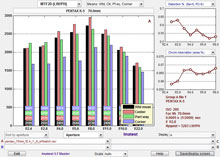 | | The MTF20 graph shows us information about the overall contrast or “bite” of a lens, and the 70mm is a typically Japanese design of the sort that caught the imagination of photographers after they discovered Nikon rangefinders in the 1950s. Rather than high resolution, low contrast lenses such as the German lens makers produced, we had very high contrast lenses with bite that have lower fine resolution. There is no free lunch in lens making. Here Pentax have opted for plenty of bite and at f8 the performance in this respect is superb. |
Of course, in the end, these measurements give us clues as to how a lens will perform, but it is the practical result that is most important. The 70mm delivers a very high standard of performance and produces very clean, sharp and contrasty images with a minimum of distortion, flare or CA.
 | |  |
| An unusual colour is recorded faithfully, ISO200, 1/50, f/11, 70mm (35mm equiv: 105mm) | | A total lack of flare gives deep rich colour in this late evening shot, ISO200, 1/500, f/8, 70mm (35mm equiv: 105mm) |
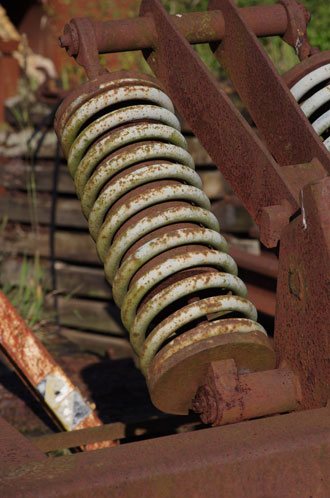 | |  |
| Details can be captured from a reasonable distance, thus reducing distortion, ISO200, 1/640, f/8, 70mm (35mm equiv: 105mm) | | In the studio, the lens allows a reasonable working distance. This improves communication with the model and ensures flattering perspective, ISO200, 1/160, f/11, 70mm (35mm equiv: 105mm) |
 | |  |
| A grab shot in a high contrast situation. The lens focused swiftly and locked on with no problem, ISO1600, 1/200, f/4, 70mm (35mm equiv: 105mm) | | Another spontaneous shot and there was no problem with catching the moment, ISO1600, 1/60, f/3.5, 70mm (35mm equiv: 105mm) |
 | | 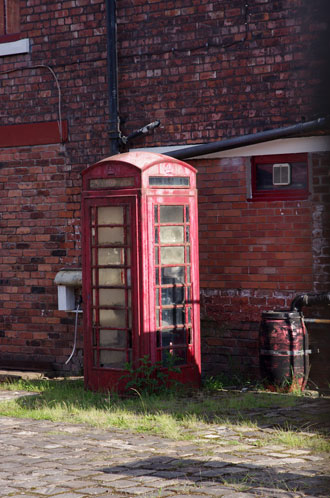 |
| Difficult colours are handled well, ISO200, 1/30, f/8, 70mm (35mm equiv: 105mm) | | Subject shapes are accurately recorded, ISO200, 1/200, f/8, 70mm (35mm equiv: 105mm) |
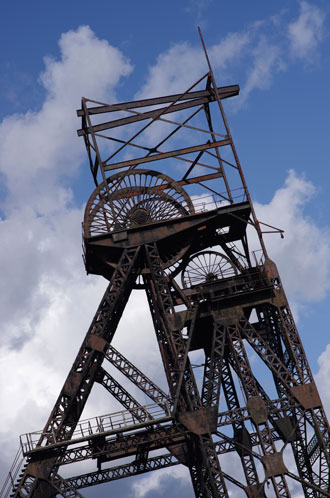 | |  |
| CA is well controlled over most of the field, ISO200, 1/1000, f/8, 70mm (35mm equiv: 105mm) | | 70mm on digital is an ideal focal length for portraits, ISO200, 1/100, f/4.5, 70mm (35mm equiv: 105mm) |
Add your message
Login requiredPlease
login here or if you've
not registered, you can
register here. Registering is
safe, quick and free.













